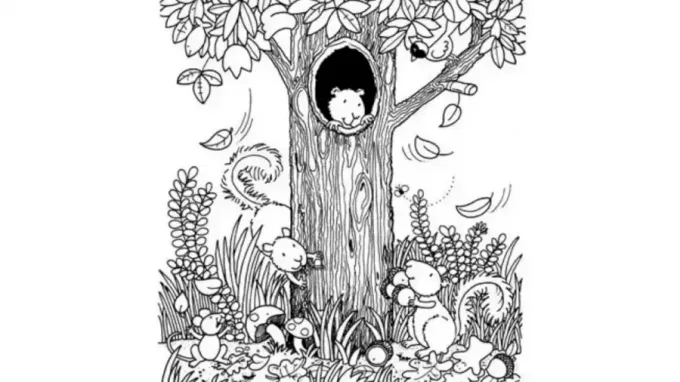THE myiasis is a disease characterized by the presence of fly larvae in the body of vertebrates, including man. These larvae can penetrate the skin and damage organs and tissues. They are very common in rural areas and in places where men and animals live in constant contact. Bicheiras and berne are types of myiasis.
O berne, also called furunculoid myiasis, is caused by the larvae of Dermatobia hominis. It usually affects cattle, leading to great economic losses, however, it can also infect dogs and man himself. It is a relatively common disease in areas with large numbers of trees and with high temperatures and abundant rainfall.
The female of this insect lays its eggs in the bodies of other insects, which start to perform the role of transporters (phoretics). These eggs hatch, giving rise to larvae that attach to the skin and fur of mammals when the insect lands on them. They penetrate the animal's body through the hair follicle or through the orifice originated by the bite of the insect, leaving the anterior part in contact with the dermis and the posterior part close to the surface. The larva feeds on the dermis and breathes through the posterior extremity.
The berne stays in the man's body for approximately 50 days, and during this period there is no migration through the tissues. After that time, the larva falls to the ground, where it starts its pupal stage.
The lesions caused by the berne are very characteristic, being formed by a nodule with a visible central orifice, through which a yellowish or bloody secretion is eliminated. These lesions look a lot like a boil.
The disease causes a lot of discomfort and pain, usually in the form of twinges. As complications, we can highlight the formation of abscesses and the emergence of secondary infections, such as tetanus.
O treatment it is relatively simple and is based on the removal of the larva and application of antiseptics. In order for the berne to come out, the doctor covers the central hole with Vaseline or enamel, thus preventing its breathing. This makes it immobile, thus facilitating the removal with tweezers.
Some people try to remove the parasite by placing a piece of bacon over the lesion, however this method is not always effective. It is important to emphasize that a person with this disease should never try to squeeze the wart, as it can cause the death of the parasite without extraction.
If you notice any changes in the skin, such as those described in the text, see your dermatologist immediately.
By Ma. Vanessa dos Santos

